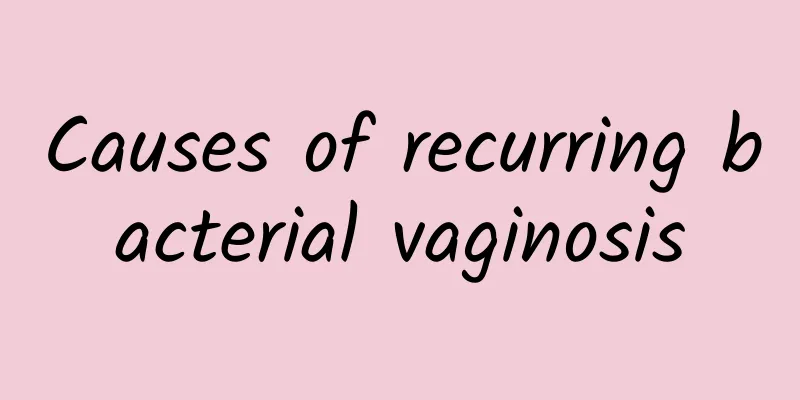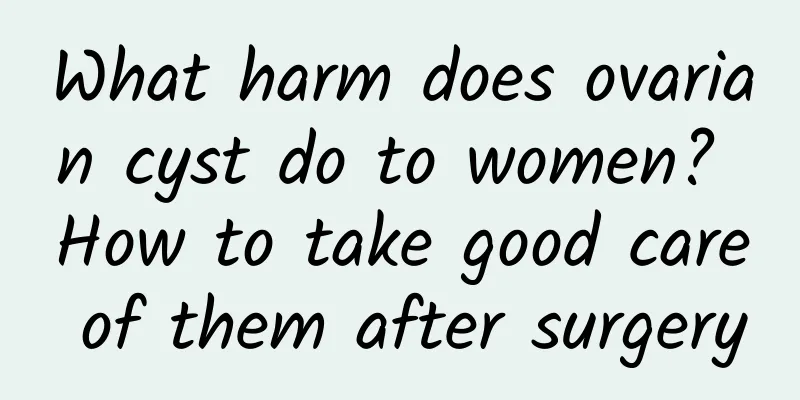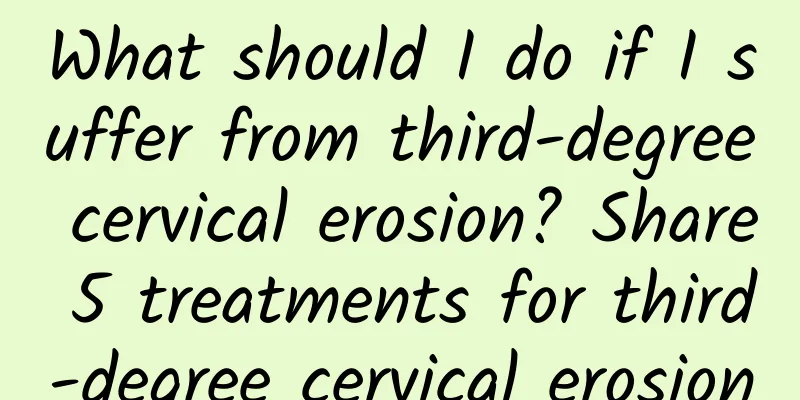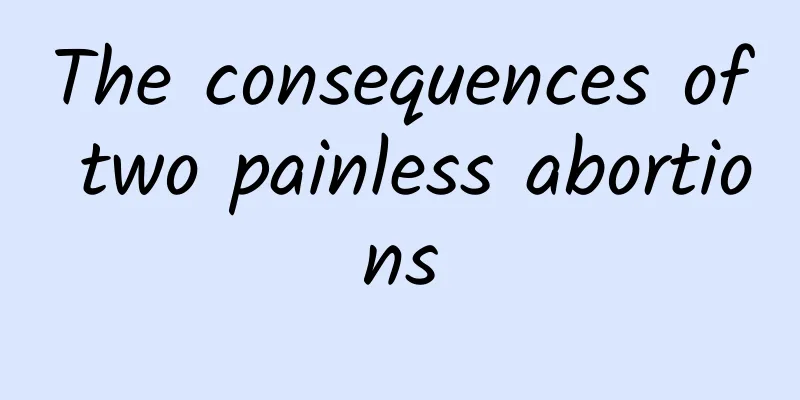What should I do if I have an ovarian cyst during pregnancy? What harm does an ovarian cyst bring to pregnant women?
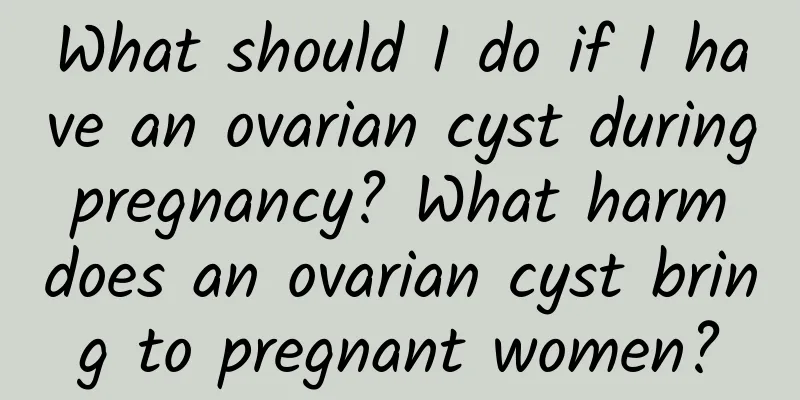
|
Ovarian cysts are a common benign gynecological tumor in women. Although they are benign, they still need to be actively treated, especially for pregnant women. So, do you know what to do if you have ovarian cysts during pregnancy? What harm does ovarian cysts bring to pregnant women? In the early stages of pregnancy, the uterus tilts backward or the pelvic cavity becomes congested, causing traction pain or a feeling of falling in the pelvic area. If the abdominal pain is severe and there is bleeding in the lower body, beware of ectopic pregnancy or miscarriage and go to the hospital for examination and treatment immediately. In the second trimester of pregnancy, the uterus enlarges and there will also be traction pain. At this time, you can take a side-lying position, keep your bowels open, and pay attention to rest. Ovarian cysts are usually found during internal examinations in early pregnancy. About 12% of ovarian cysts found in early pregnancy are corpus luteum cysts, which can sometimes reach 8-10 cm. They are cystic, movable, occur on one side, and are painless. They usually disappear within 3 months, and will be gone when re-examined after 3 months. If it is a pathological tumor, such as chocolate cyst, teratoma, serous cystadenoma, etc., it is found in early pregnancy and rechecked three months later. If it is a tumor found three months later and is more than 5 cm, it can be surgically removed at 18-20 weeks of pregnancy, because the embryo has entered the mid-term and is relatively stable and can withstand the impact of surgery. Pay attention to rest and pregnancy preservation treatment after surgery. If the ovarian cyst is not large and does not interfere with the growth of the uterus, it can be removed after delivery. If the pedicle is twisted or ruptured, surgery should be performed at any time. If it becomes malignant, surgery should also be performed immediately. If you have an ovarian cyst during pregnancy, the enlarged uterus in the second trimester will lift the ovarian tumor from the pelvic cavity to the larger abdominal cavity, which is prone to ovarian cyst pedicle torsion. Or the uterus shrinks sharply after delivery, which increases the pelvic cavity space, which is also prone to ovarian cyst pedicle torsion. Teratomas are particularly prone to pedicle torsion. |
<<: What to do if an ovarian cyst grows
>>: How to treat ovulation bleeding
Recommend
What is the difference between bacterial vaginosis and vaginal candidiasis?
What is the difference between bacterial vaginosi...
How to distinguish pelvic effusion from pelvic inflammatory disease
Experts say that many women tend to confuse pelvi...
Do you still have physical needs after menopause?
Postmenopausal women still have physical needs, a...
How harmful are irregular menstruation?
How harmful are irregular menstruation in girls? ...
The consequences of improper treatment of pelvic inflammatory disease
Women who suffer from pelvic inflammatory disease...
Are there obvious symptoms of cervical hypertrophy?
Are the symptoms of cervical hypertrophy obvious?...
Can pelvic peritonitis be cured by taking medicine?
The occurrence of pelvic peritonitis is also rela...
What are the symptoms of congenital absence of vagina?
You should know that the symptoms of congenital a...
How long after an abortion is it safe to have sex? Is it harmful to have sex right after an abortion?
After an abortion, a woman's body is relative...
Pelvic inflammatory disease may be caused by bad living habits
Pelvic inflammatory disease may be caused by bad ...
The correct way to prevent cervicitis
I believe that everyone should be familiar with g...
It is important to know the symptoms of uterine fibroids in advance
Experts unanimously remind everyone that being ab...
Symptoms of uterine fibroids in different locations
The symptoms of uterine fibroids are relatively c...
How to treat amenorrhea due to yin deficiency and blood dryness?
Ms. Li, 44 years old, is not in very good health ...
What are the dietary precautions for functional uterine bleeding?
What are the dietary points for functional uterin...
